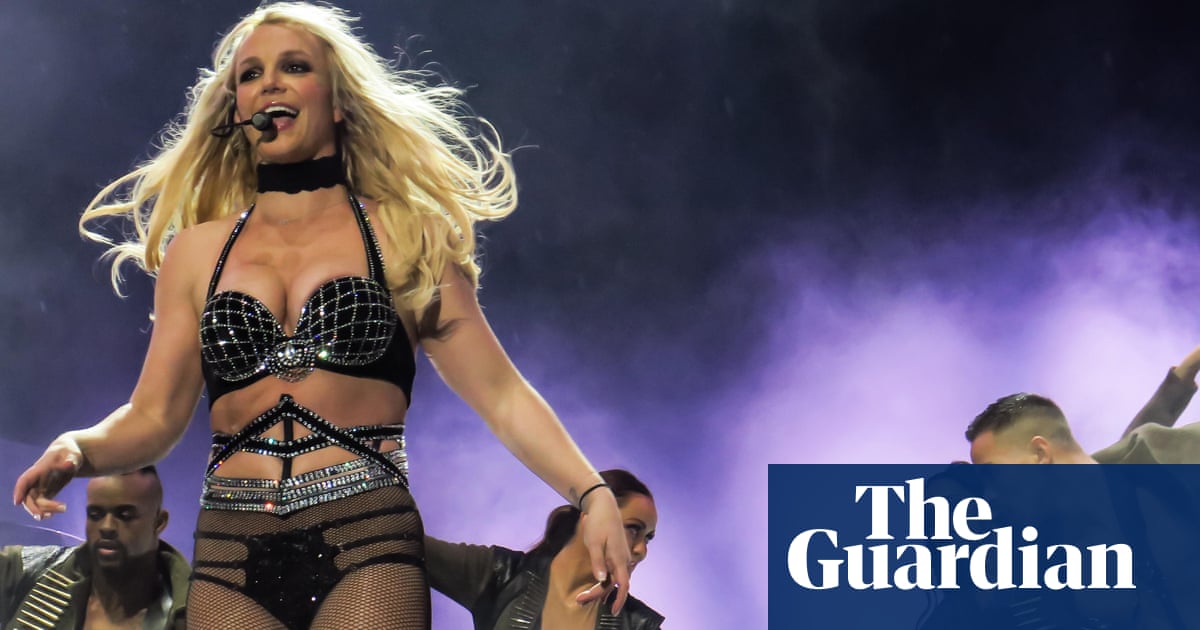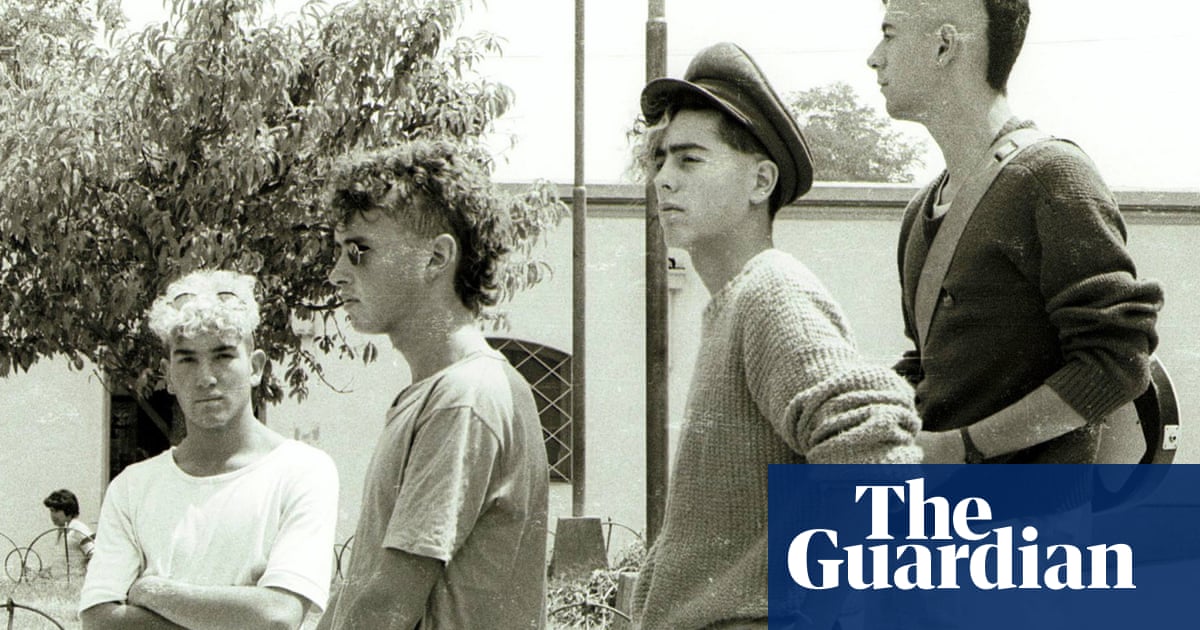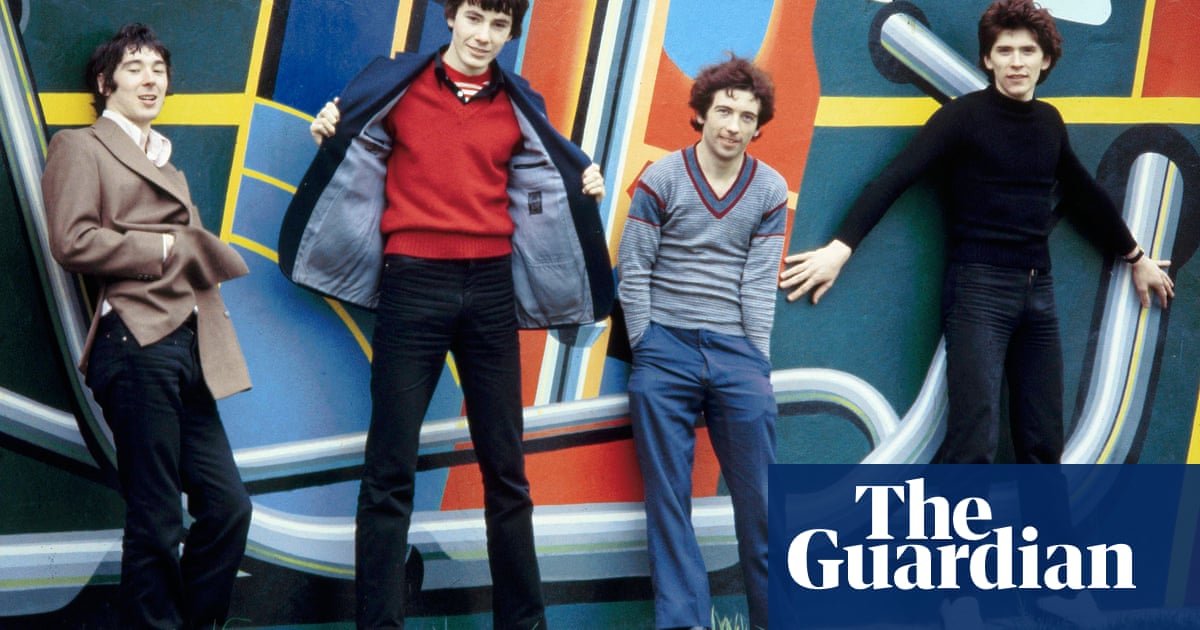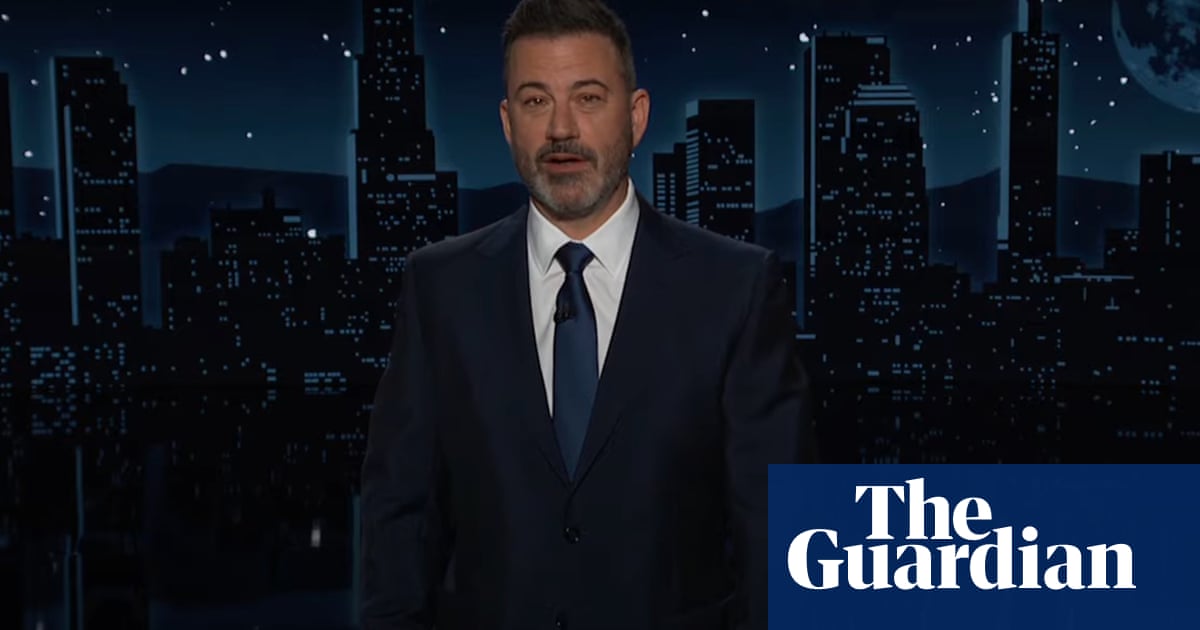
certain melodic sparkle and an irresistible rhythmic vitality were the elements that allowed Chick Corea to move beyond the restricted audiences of the jazz world to capture listeners from other spheres. In so doing, he inspired generations of musicians, not just with the notes he played and the ideas he explored, but with his ability to communicate those often complex elements in an approachable way.
Corea’s background in jazz, classical and Latin music provided the ingredients for a career that went in many directions, from influential solo piano recordings and watercolour duets with the vibraphonist Gary Burton to jazz-rock explosions with his Elektric Band. If his keyboard skills set standards, his spirit of inquiry encouraged others to remove barriers and cross musical frontiers.
Emerging in the second half of 1960s, he began an association with Miles Davis during an era when almost every musician hired by the trumpeter became a leader – not just bandleaders in their own right, but leaders of musical thought. At a time when the tectonic plates of Davis’s own conception were undergoing a series of rapid and profound shifts, Corea was a member of that elite squad recruited as if in preparation for a mission to go out and transform the way music was heard and played.
Corea joined up in 1968, at a time when Davis was listening to Jimi Hendrix and Sly Stone and looking for a way to connect with their young listeners. Electronic keyboards replaced the standard acoustic piano, and Davis needed to persuade the new recruit to adopt the Fender-Rhodes and Wurlitzer instruments, heard to striking effect on such albums as In a Silent Way and Bitches Brew.
Ironically, 1968 was the year when Corea employed conventional instruments to make what also turned out to be a landmark album, called Now He Sings, Now He Sobs. With the double bassist Miroslav Vitouš and the drummer Roy Haynes, he created something that raised the art of the piano trio to a new level. By blending the bebop velocity of Bud Powell, the lyricism of Bill Evans, a hint of Horace Silver’s refined funk and even Lennie Tristano’s harmonic explorations with his own personal characteristics on compositions that were simultaneously challenging and unintimidating, he made an album that gradually assumed the status of a set text for younger musicians.
Joining Davis, he was initially one of a group of keyboard players – including Herbie Hancock, Joe Zawinul, Larry Young and Keith Jarrett – who provided the dense, exotic sound-bed over which the trumpeter could lay his increasingly adventurous improvisations. The quintet that toured Europe in 1969, with Davis and the saxophonist Wayne Shorter joined by Corea, the English bassist Dave Holland and the drummer Jack DeJohnette, used its thematic material as the basis from which to take off into collective flights of breathtaking abstraction – a kind of highly advanced free jazz in hippy costume.
Eventually, in time to play to a crowd of 600,000 at the 1970 Isle of Wight pop festival, Davis chose to anchor the music to clearer rhythmic and harmonic signposts. Soon after that epic encounter, Corea and Holland moved on to form a quartet called Circle, returning to a pursuit of more abstract dimensions with the aid of the saxophonist Anthony Braxton and the drummer Barry Altschul.
In Braxton’s recollection, it was Corea’s growing involvement with the Scientology movement that persuaded the pianist to leave the new group and form his own band with the aim of attracting larger audiences. Return to Forever, in which he was joined by the Brazilian singer Flora Purim and her partner, the percussionist Airto Moreira, and the teenage bass prodigy Stanley Clarke, certainly delighted audiences at Ronnie Scott’s Club on their first visit in 1972 with a musical fusion much less intense and more obviously ingratiating than the paths being pursued by other Davis splinter groups (such as Shorter’s Weather Report, Hancock’s Headhunters and Tony Williams’s Lifetime).
Just before his group’s debut, Corea had released two volumes of solo piano pieces on the new ECM label. Arriving almost a year ahead of Jarrett’s first solo effort for the same company, Corea’s Piano Improvisations Vols 1 and 2 opened an avenue for pianists to create something that could metabolise the pensive emotional registers of Debussy and Chopin within a music that retained the underlying tensile strength of jazz.
These were important years for Corea, in which he established himself as one of the leaders of what would become the jazz fusion movement. Not everyone went with him through the various iterations of Return to Forever, the Elektric Band, the Five Peace Band, the Vigil and other projects. To some, his sheer facility could lead him into blandness. But he gathered new armies of listeners who loved how he demonstrated the extremes of virtuosity without compromising musicality, while surrounding himself with distinguished collaborators. Whether in genial duo recitals with Hancock – a jazz festival favourite – or the banjo whiz Béla Fleck, or writing string quartets and a piano concerto, the core values of a remarkable figure remained intact.
Some of his tunes – such as La Fiesta, Armando’s Rhumba and Spain – became jazz standards and are likely to remain so, available to other performers as a permanent reminder of his seemingly inexhaustible effervescence.












